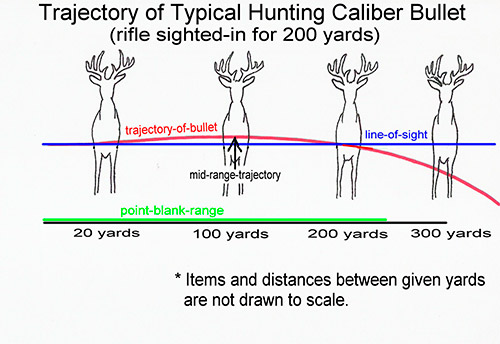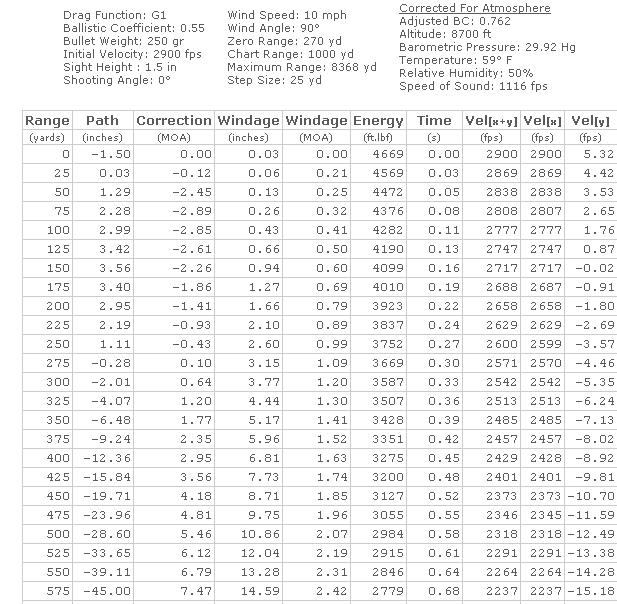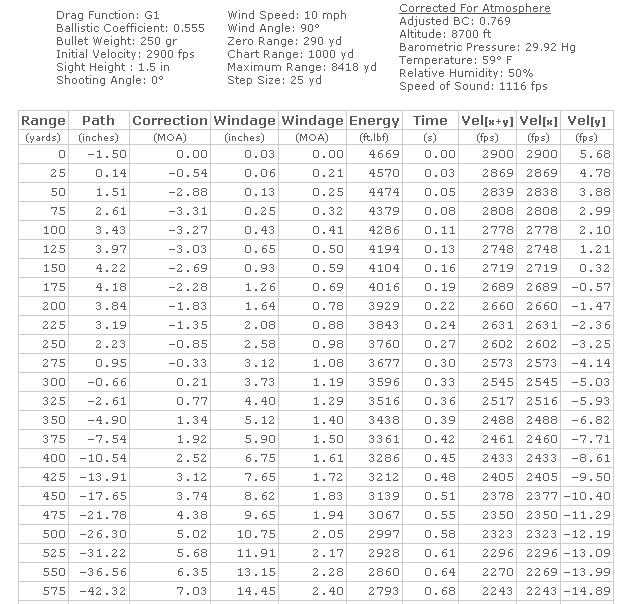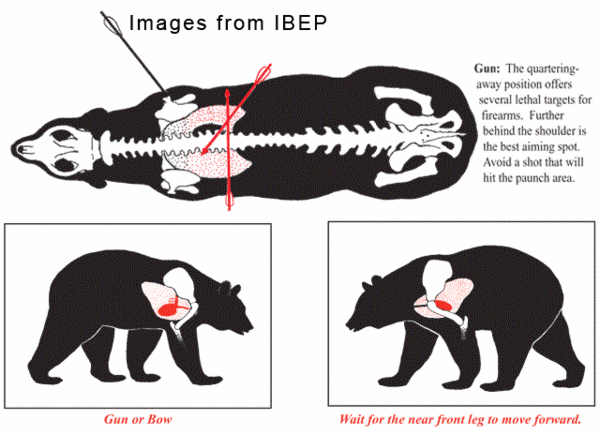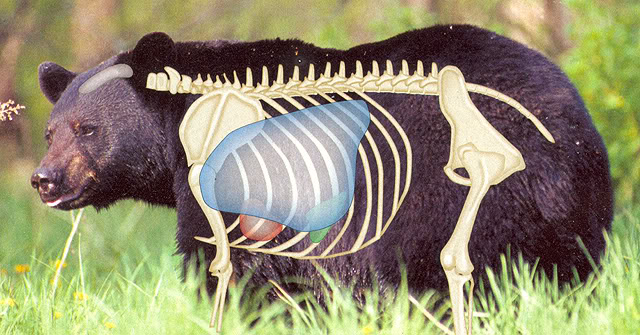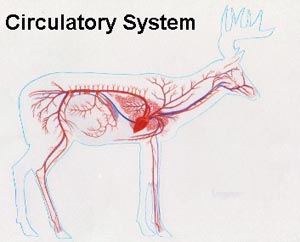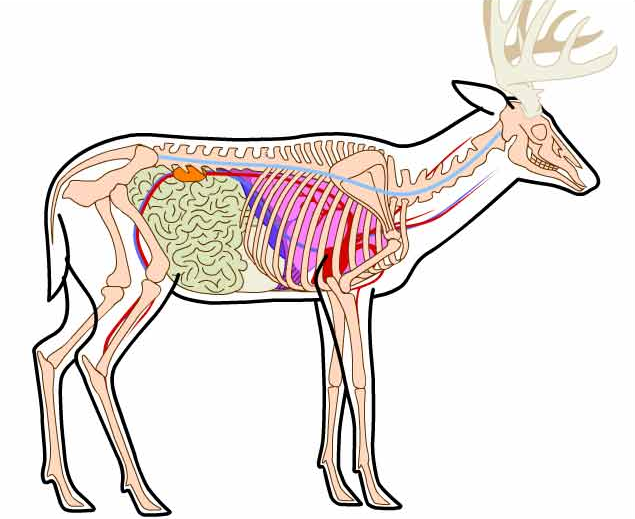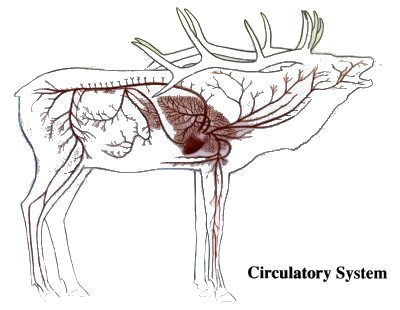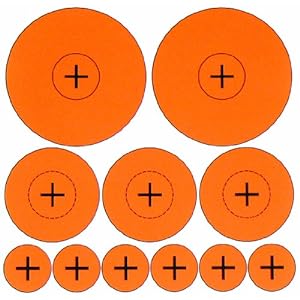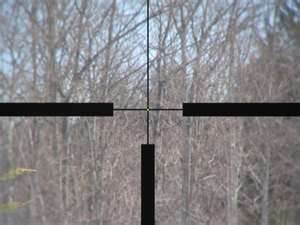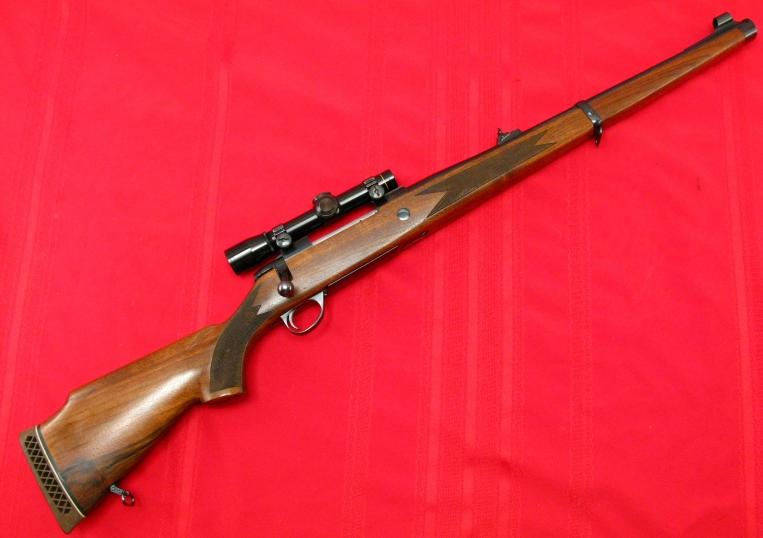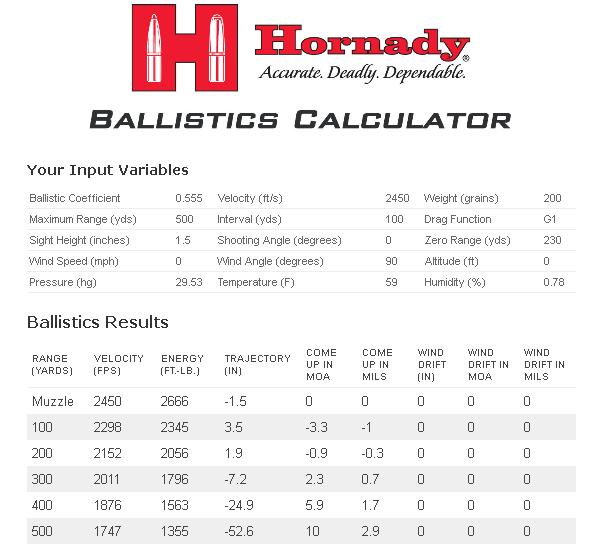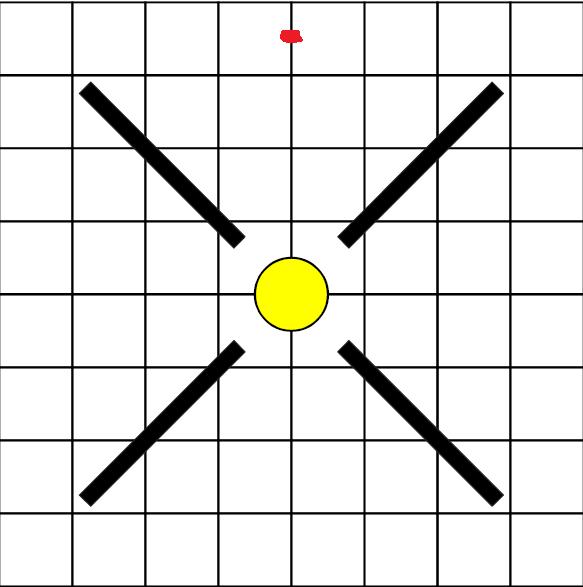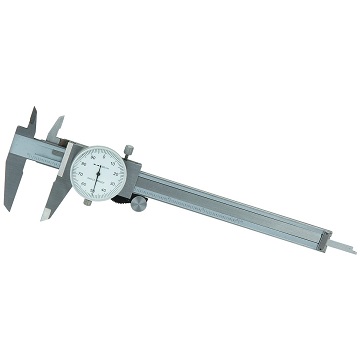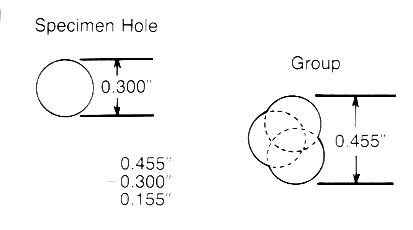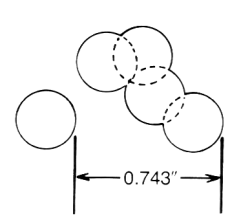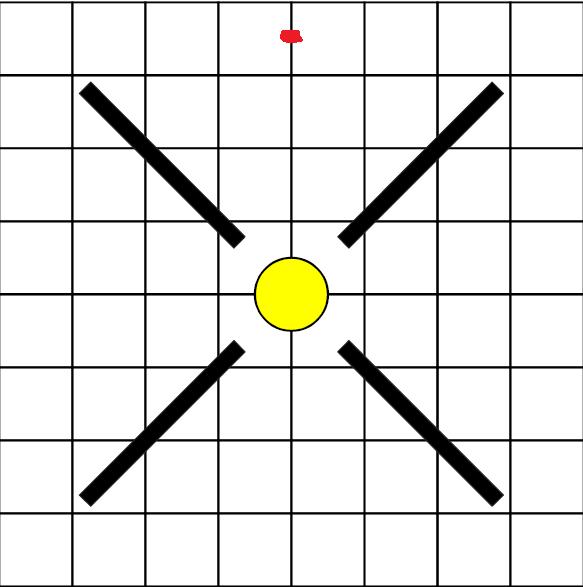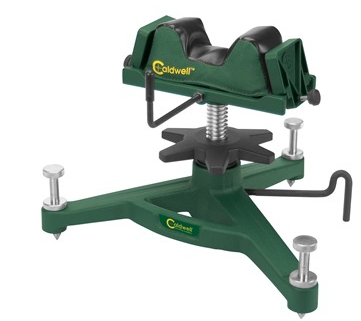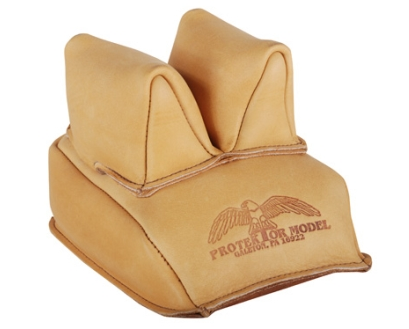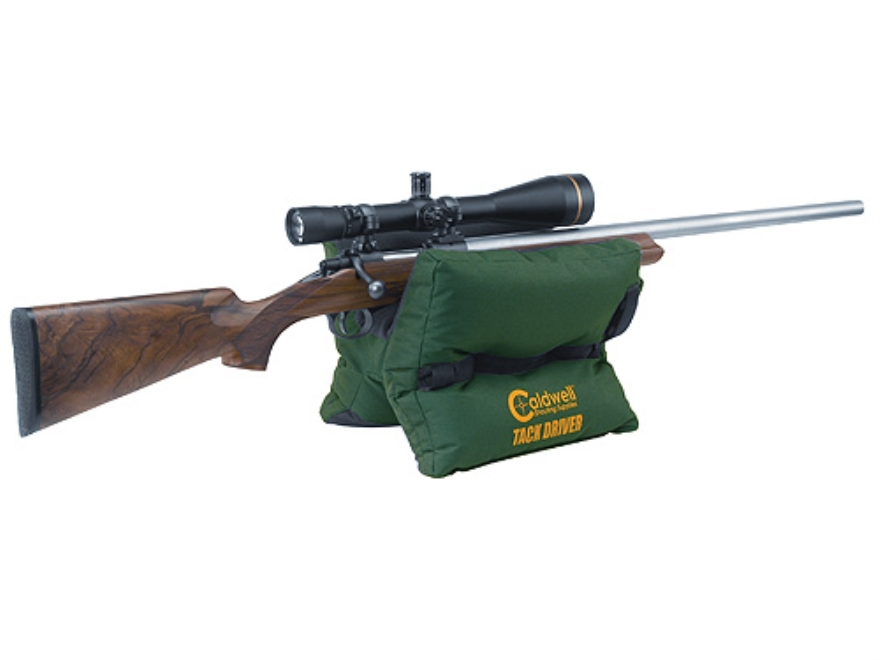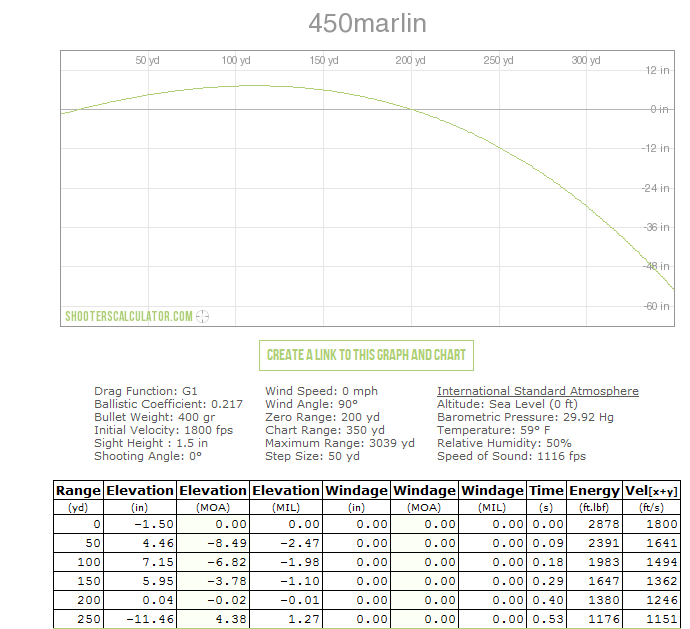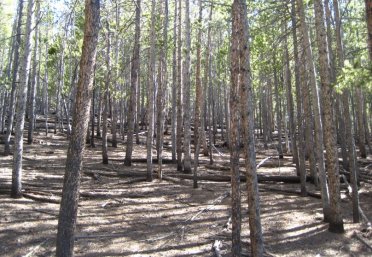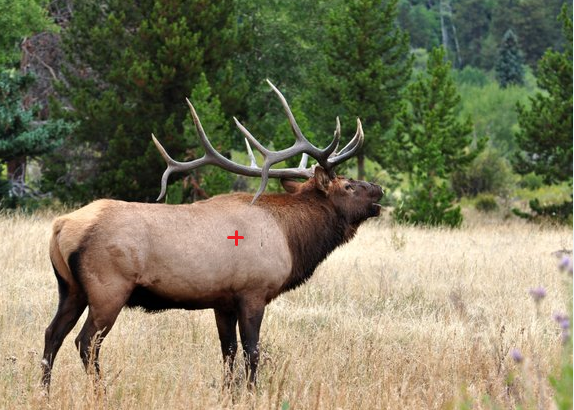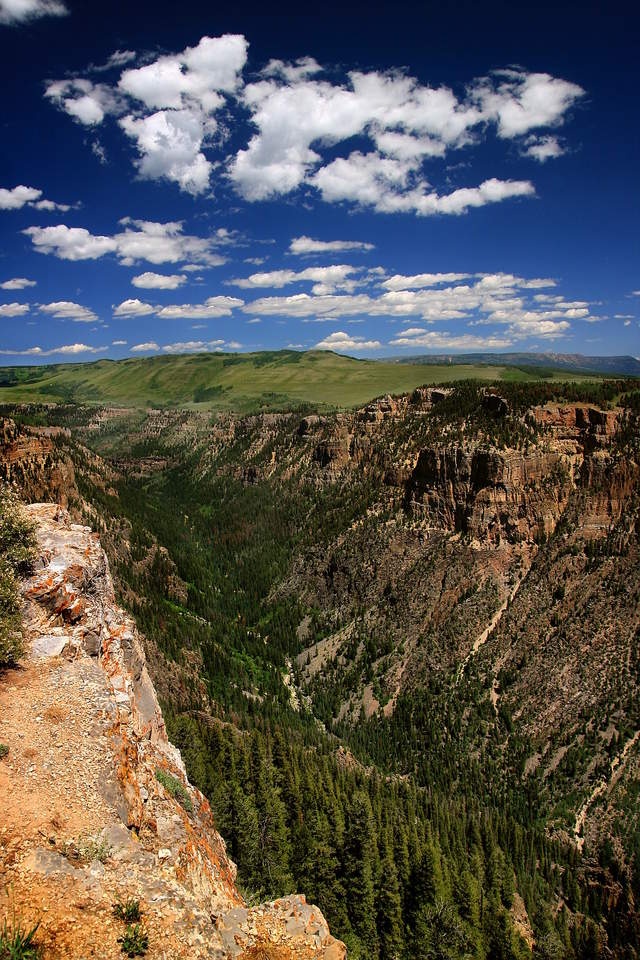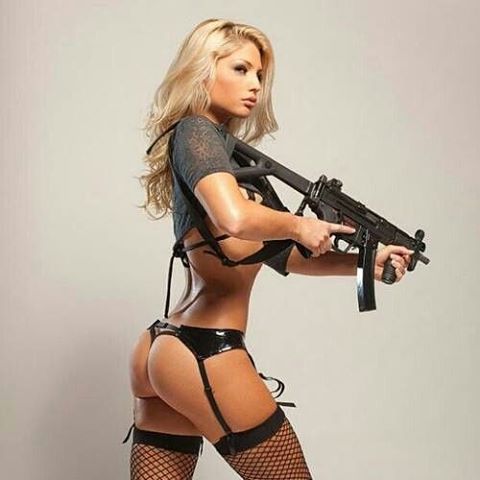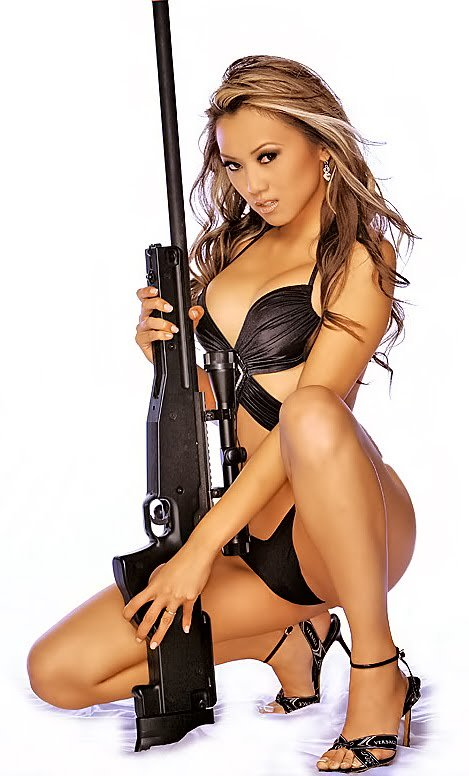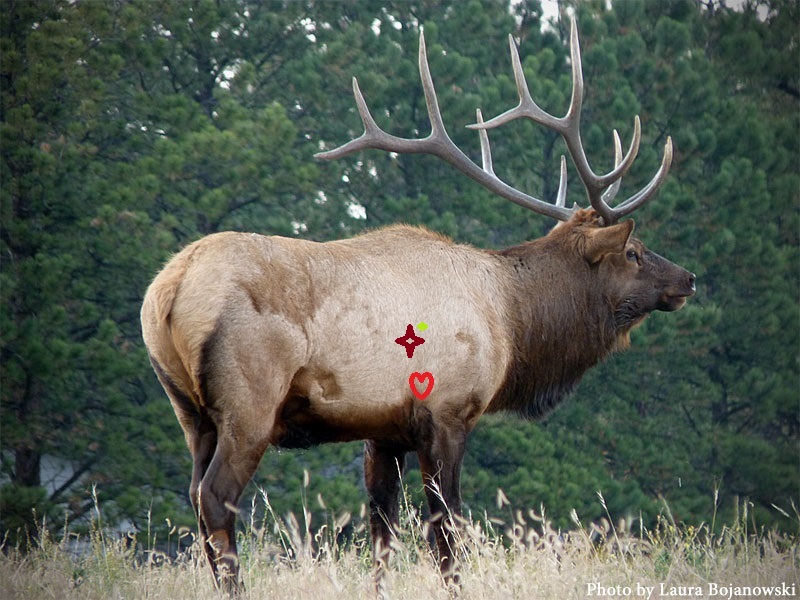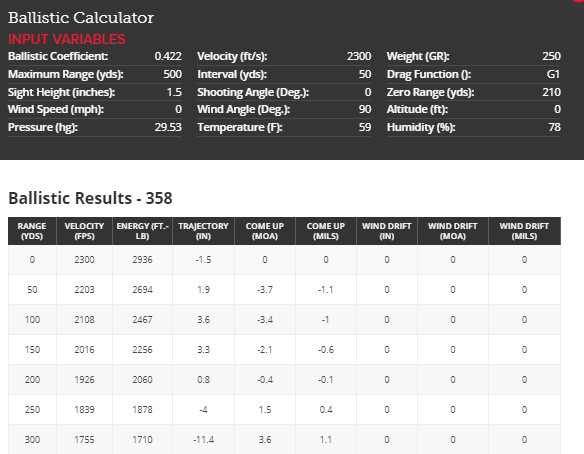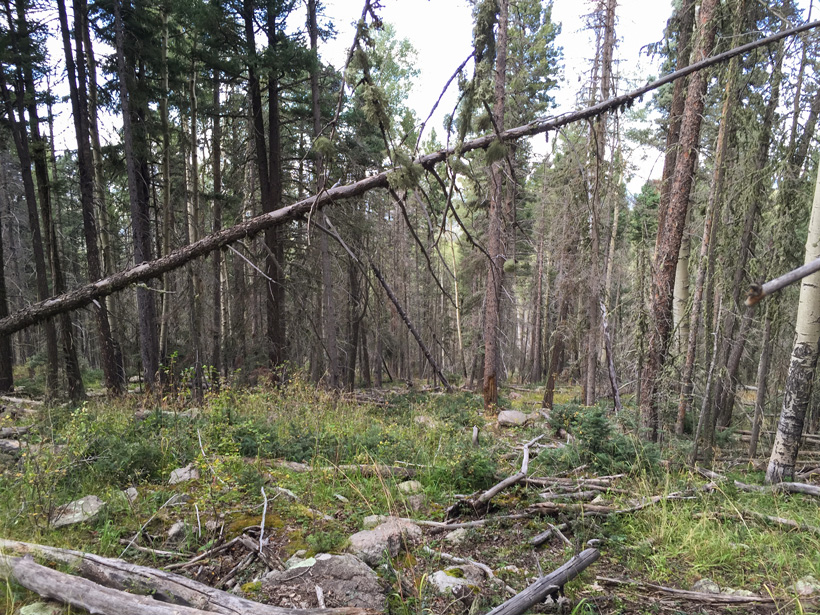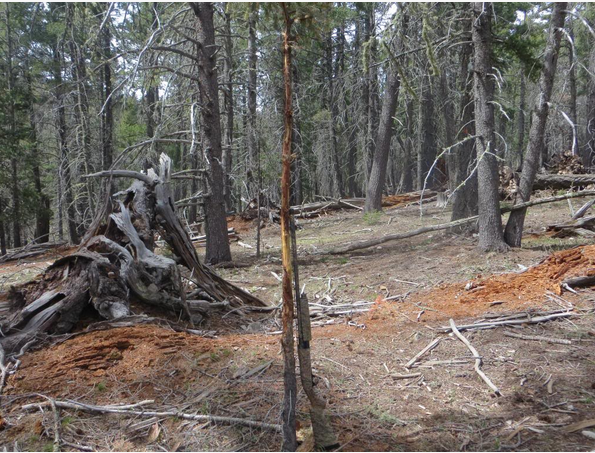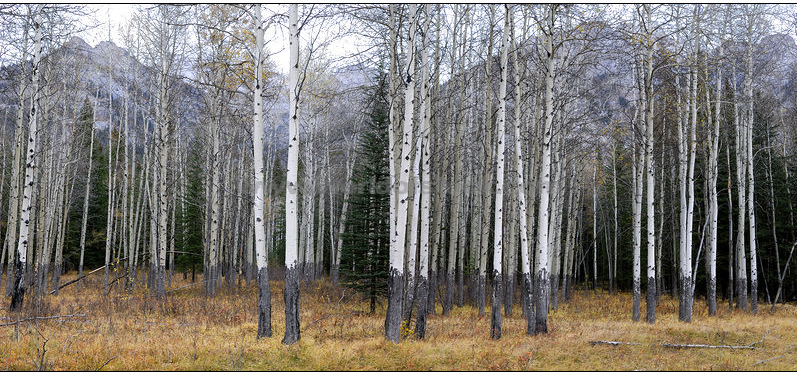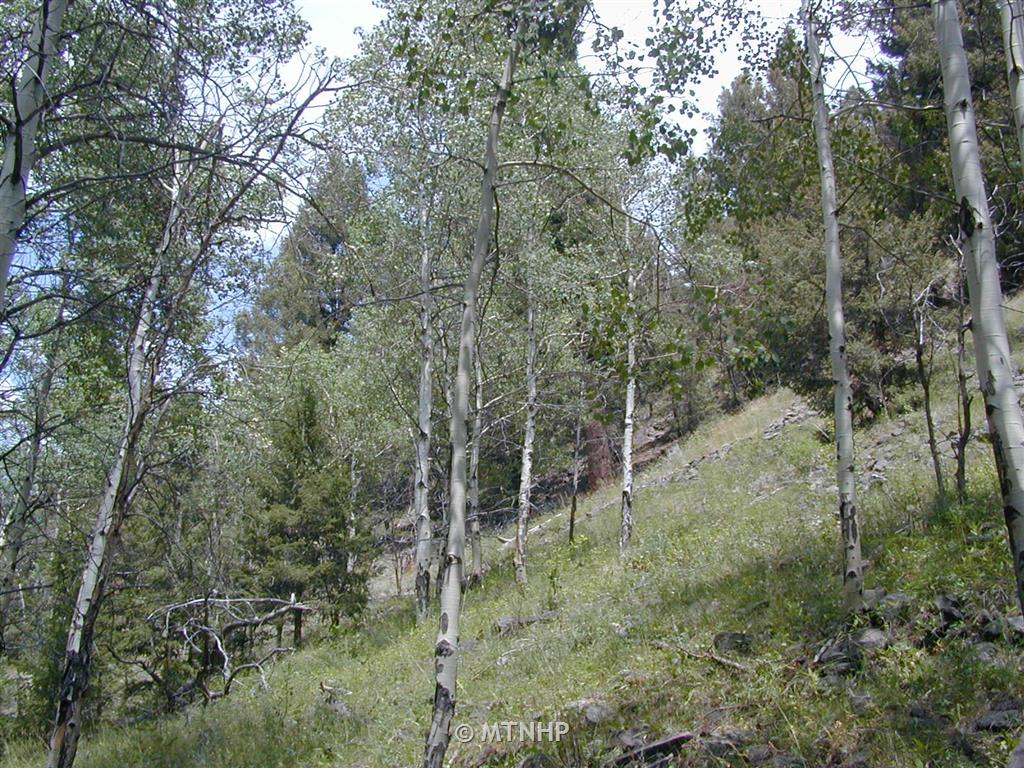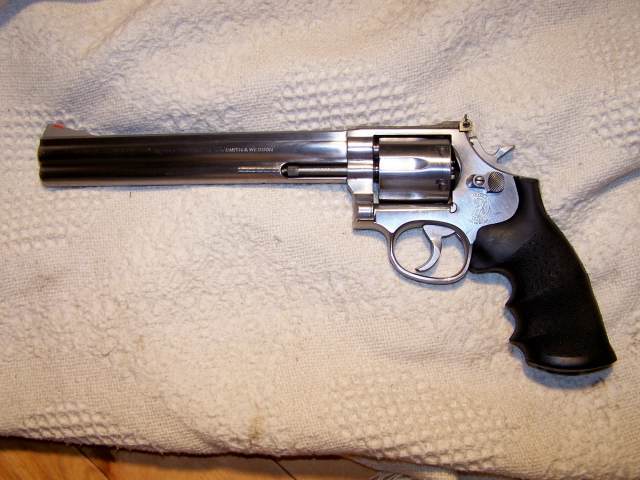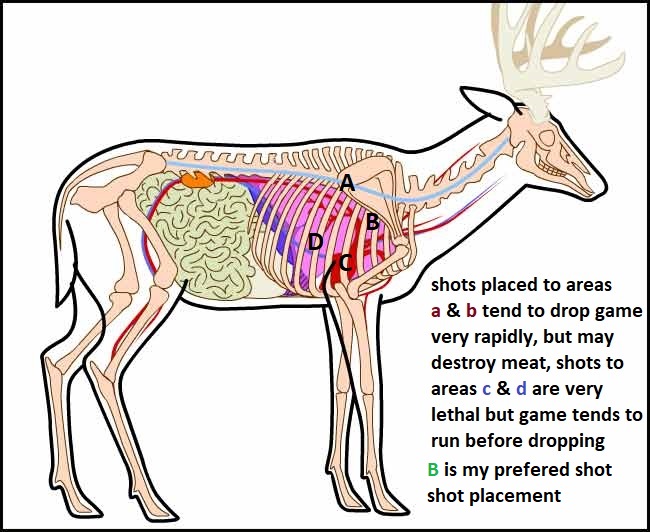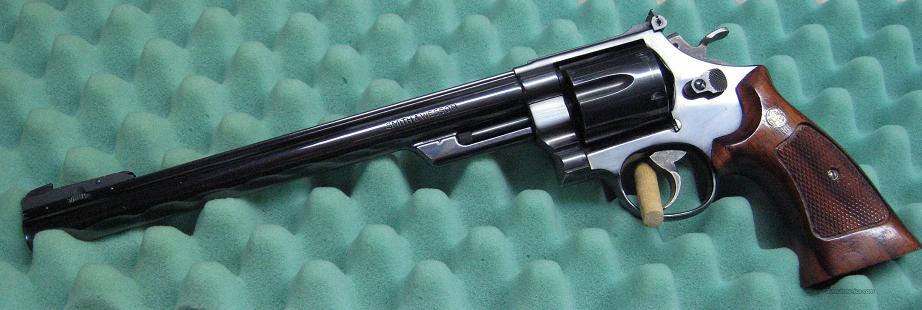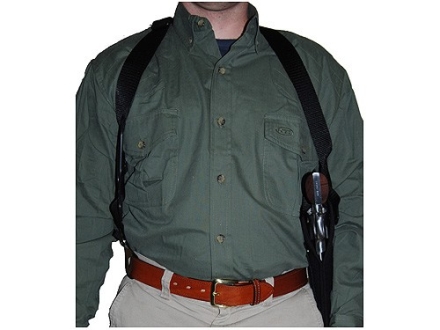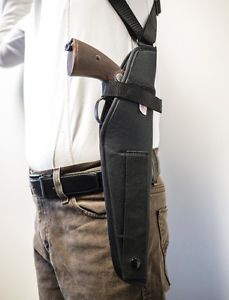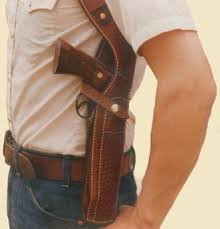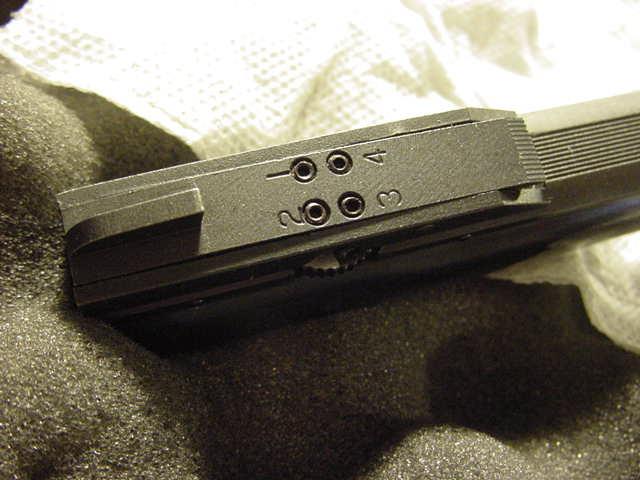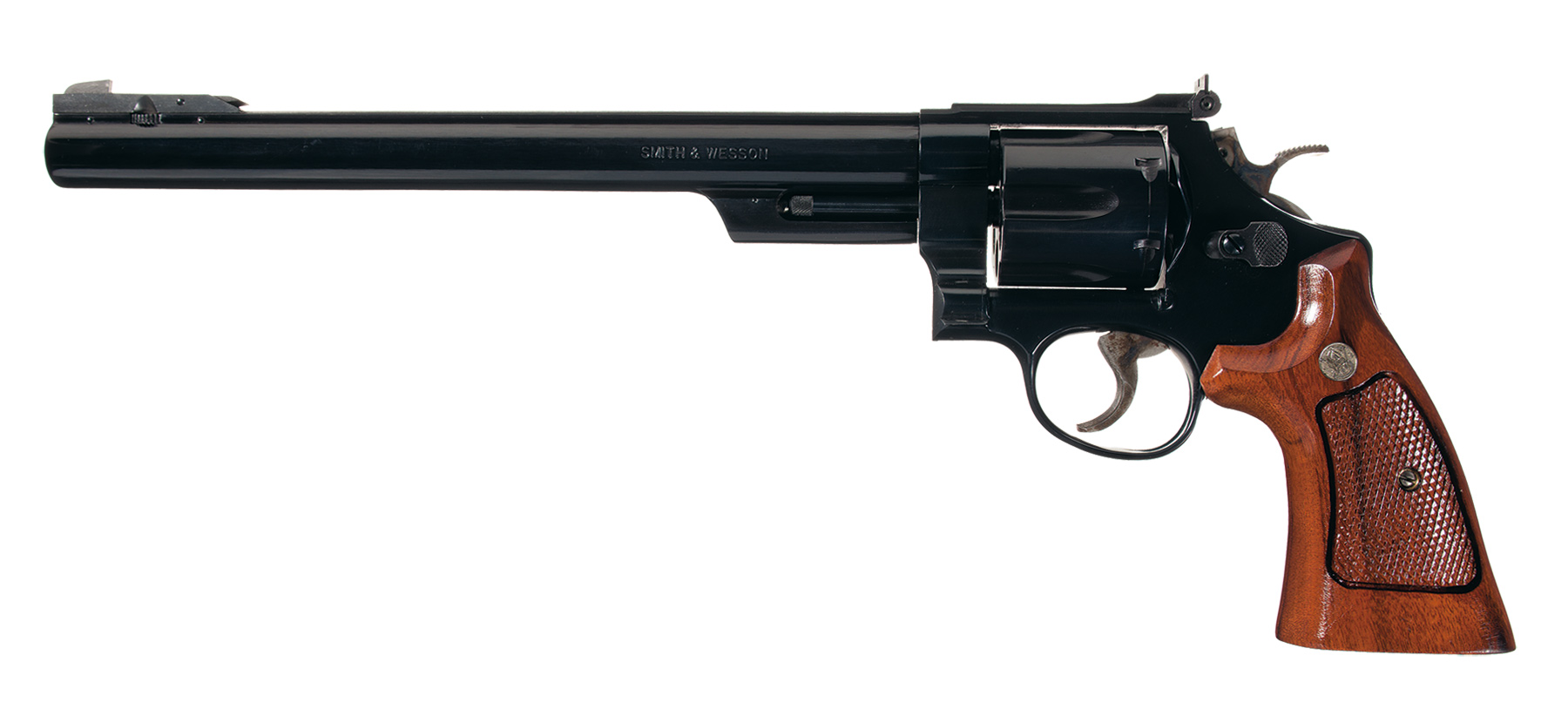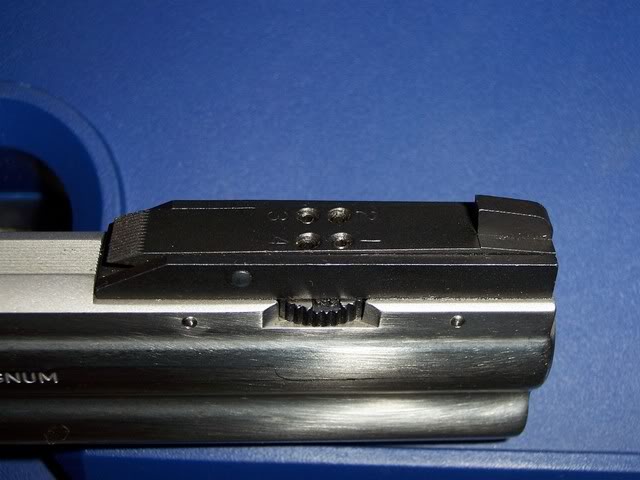http://www.reloadbench.com/pdf.html
http://www.targetz.com/targets01.htm
http://mytargets.com/
http://www.ruggedbuddy.com/Rugged-Buddy-Sawhorse.html
http://www.targetprinter.com/
viewtopic.php?f=92&t=2370
http://www.targetz.com/targetzlib/10064.pdf
Don't fall for the B.S. that you don't need to practice constantly
it takes extensive repeated and frequent PRACTICE to maintain the level of skill required,
to hit a target consistently with any handgun at ranges exceeding about 20-30 yards!
most people never get very good at hitting a target consistently if under stress and in very limited time frames,
you might be required to have in a lethal confrontation, a few cops in my experience are marginally better than (JOE AVERAGE)
thankfully most criminals are pathetic shots,
if you want to get better compete regularly, and join a local range, join a club and learn to reload (ammos expensive)
most ranges have shooting clubs like most bowling alleys have bowling leagues
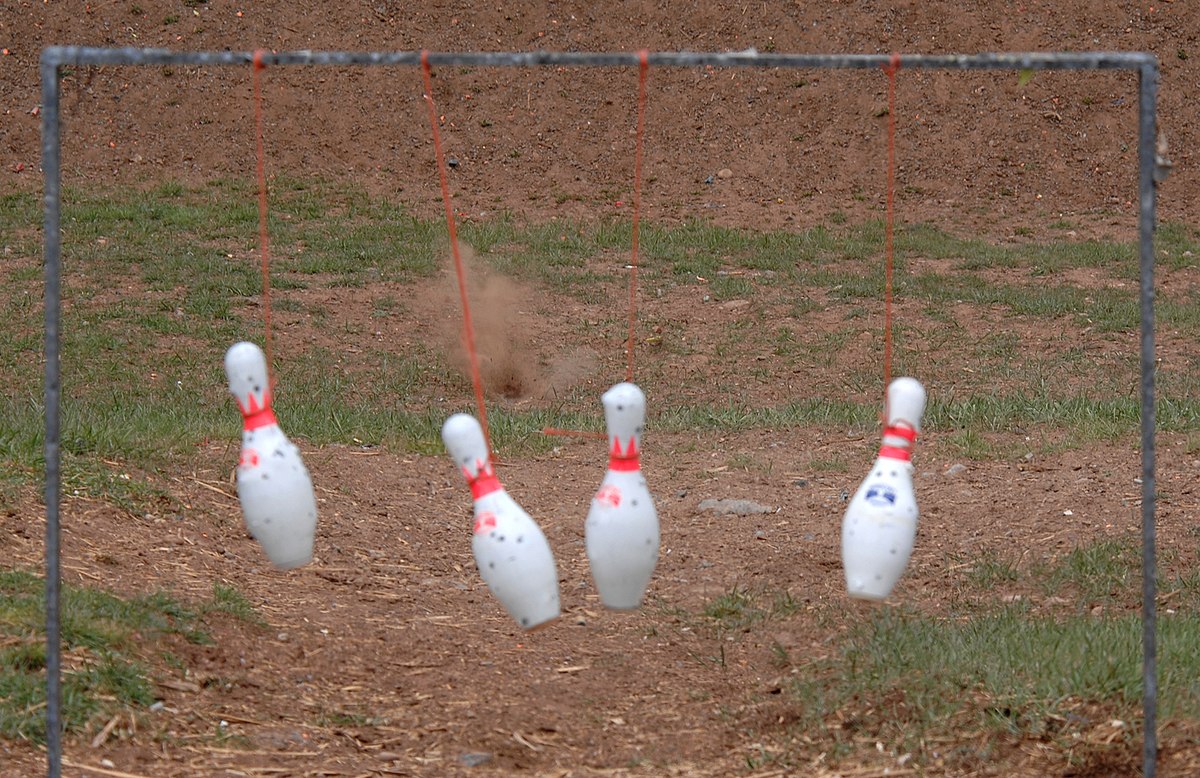
 en.wikipedia.org
en.wikipedia.org
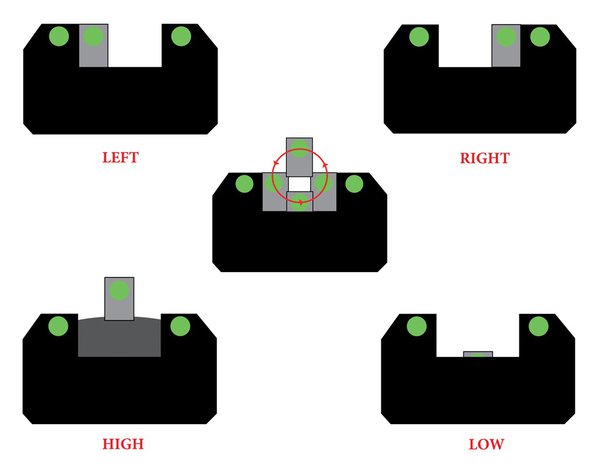
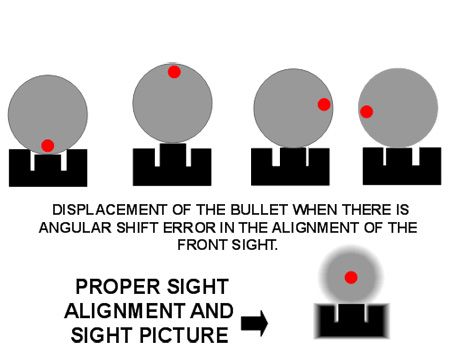
read the link
viewtopic.php?f=92&t=2370&p=9272&hilit=printable#p9272

each of us will have a favorite target design,heres a link to a basic 100 yard rifle sight in target
http://targetz.com/targetzlib/10052.pdf
to get the maximum point blank range from most rifles, used for hunting big game, its generally a good idea to sight the rifle in so it hits about 2"-3.5" above the cross hairs at 100 yards so that the rifles curved trajectory with a center chest hold allows a decent hit out to longer ranges that sighting dead on at 100 yards will provide (I.ve generally found that 3.5" high at 100 yards is close to ideal)
example heres a ballistic calculator link
http://www.biggameinfo.com/BalCalc.aspx
lets assume we have a 308 win we want to hunt deer with, we load some 165 grain bullets at 2650fps
sight in dead on at 100 yards and the bullet strikes about 7" low at only 230 yards, enough to cause a miss or crippling hit and a long trailing job.
sight in 3" high on a target 100 yards and the bullet strikes about 7" low at almost 290 yards,but stays within about that 3" above or below the cross hairs to about 260 yards, enough difference to allow easier hits out to about 260 yards when you guess a bit wrong on yardage to the target,

http://www.rifleshootermag.com/shooting ... tics_0303/
http://www.chuckhawks.com/rifle_trajectory_table.htm
Ive found that the vast majority of the guys in my ELK camp can shoot decent groups of a bench rest but it takes a great deal of experience and skill gained over time to shoot a consistent 3" or smaller group shooting from a sitting or standing position at 100 yards in the field.
when you can do that consistently youll be fine.
we generally practice using a 1.5" orange dot on a 10" paper plate backer , at the range and shoot off hand with a sling and sitting with a sling. a bench rest is great for getting the RIFLE and SCOPE sighted in, but its practice from field positions thats most useful, Id also suggest sighting in so the bullets 3" high at 100 yards
http://www.targetz.com/targets01.htm
http://www.targetz.com/targetzlib/10110.pdf
http://www.targetz.com/targets01.htm
http://mytargets.com/
http://www.ruggedbuddy.com/Rugged-Buddy-Sawhorse.html
http://www.targetprinter.com/
viewtopic.php?f=92&t=2370
http://www.targetz.com/targetzlib/10064.pdf
Don't fall for the B.S. that you don't need to practice constantly
it takes extensive repeated and frequent PRACTICE to maintain the level of skill required,
to hit a target consistently with any handgun at ranges exceeding about 20-30 yards!
most people never get very good at hitting a target consistently if under stress and in very limited time frames,
you might be required to have in a lethal confrontation, a few cops in my experience are marginally better than (JOE AVERAGE)
thankfully most criminals are pathetic shots,
if you want to get better compete regularly, and join a local range, join a club and learn to reload (ammos expensive)
most ranges have shooting clubs like most bowling alleys have bowling leagues

Bowling pin shooting - Wikipedia

read the link
viewtopic.php?f=92&t=2370&p=9272&hilit=printable#p9272

each of us will have a favorite target design,heres a link to a basic 100 yard rifle sight in target
http://targetz.com/targetzlib/10052.pdf
to get the maximum point blank range from most rifles, used for hunting big game, its generally a good idea to sight the rifle in so it hits about 2"-3.5" above the cross hairs at 100 yards so that the rifles curved trajectory with a center chest hold allows a decent hit out to longer ranges that sighting dead on at 100 yards will provide (I.ve generally found that 3.5" high at 100 yards is close to ideal)
example heres a ballistic calculator link
http://www.biggameinfo.com/BalCalc.aspx
lets assume we have a 308 win we want to hunt deer with, we load some 165 grain bullets at 2650fps
sight in dead on at 100 yards and the bullet strikes about 7" low at only 230 yards, enough to cause a miss or crippling hit and a long trailing job.
sight in 3" high on a target 100 yards and the bullet strikes about 7" low at almost 290 yards,but stays within about that 3" above or below the cross hairs to about 260 yards, enough difference to allow easier hits out to about 260 yards when you guess a bit wrong on yardage to the target,

http://www.rifleshootermag.com/shooting ... tics_0303/
http://www.chuckhawks.com/rifle_trajectory_table.htm
Ive found that the vast majority of the guys in my ELK camp can shoot decent groups of a bench rest but it takes a great deal of experience and skill gained over time to shoot a consistent 3" or smaller group shooting from a sitting or standing position at 100 yards in the field.
when you can do that consistently youll be fine.
we generally practice using a 1.5" orange dot on a 10" paper plate backer , at the range and shoot off hand with a sling and sitting with a sling. a bench rest is great for getting the RIFLE and SCOPE sighted in, but its practice from field positions thats most useful, Id also suggest sighting in so the bullets 3" high at 100 yards
http://www.targetz.com/targets01.htm
http://www.targetz.com/targetzlib/10110.pdf
Last edited by a moderator:

